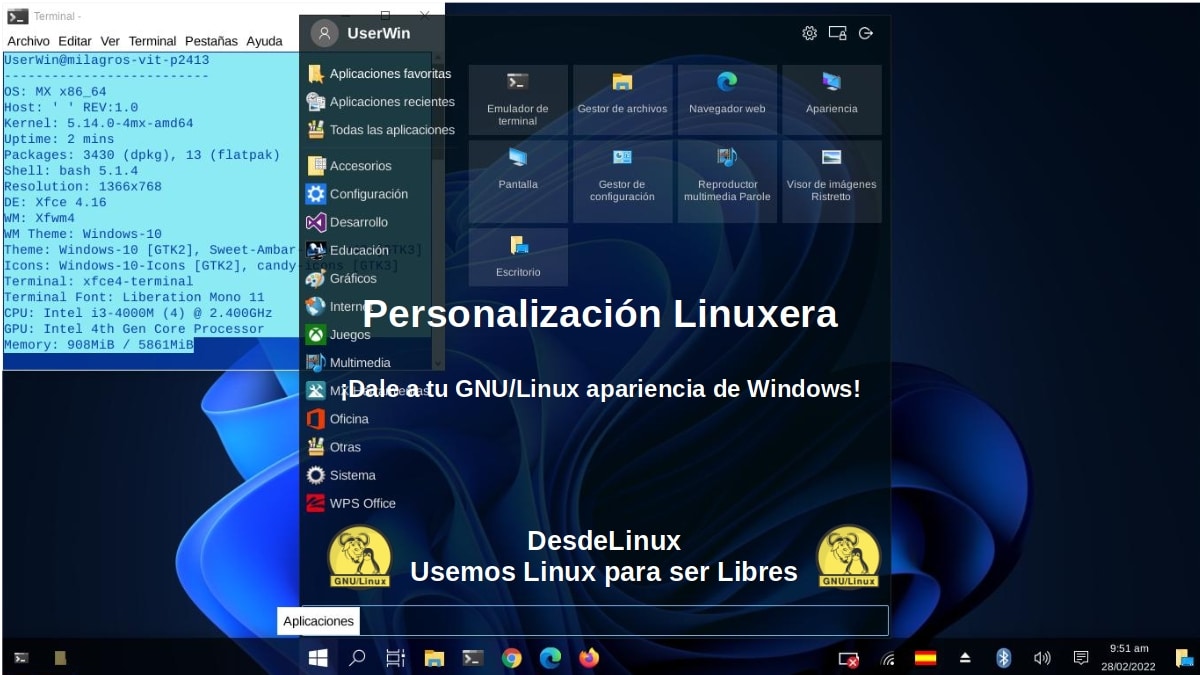
Linux Customization: Give your GNU/Linux the look and feel of Windows!
Something that users are passionate about GNU / Linux Operating Systems is to customize your graphic environments to your style and taste. Above all, because these have great potential for it, that is, there are many Distros (Distros) different, there are many Desktop Environments (DEs) and Window Managers (WMs) different. Also, there are countless icon packs and visual themes compatible with many DEs/WMs. In addition to many Widgets and multifunctional accessories such as Conky's. Which makes the ability to make a "Linux Customization" to everyone's taste.
But, this time we will focus on explaining how we can make a "Linux Customization" about MX-21 (Debian-11) with XFCE to look like Windows 10 / 11, mainly using the native package of Kali Linux, LLAMADA Kali Undercover Mode.
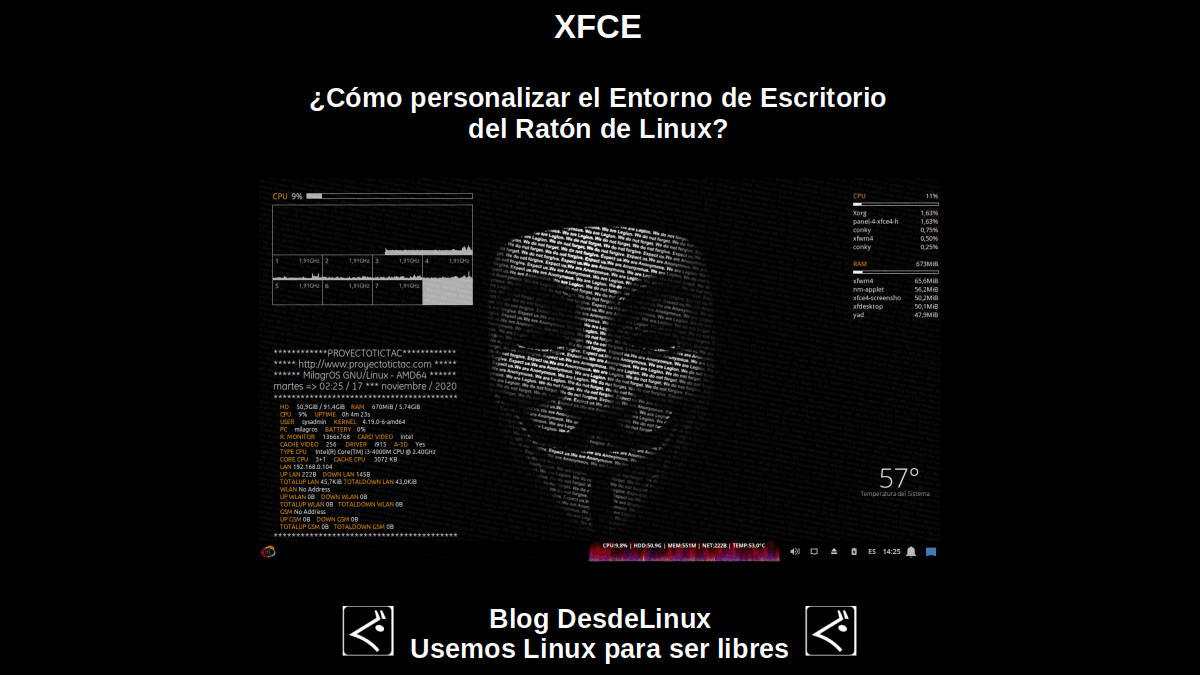
XFCE: How to customize Linux Mouse Desktop Environment?
And as usual, before entering fully into today's topic on this "Linux Customization", and more specifically on how to change the look of XFCE to the graphical style of Windows, we will leave for those interested the following links to some previous related publications. In such a way that they can easily explore them, if necessary, after finishing reading this publication:
"Each GNU/Linux Distro, each Desktop Environment (DE), each Window Manager (WM) usually has different customization capabilities. So, in this post we will focus on XFCE, which by the way, is my favorite Desktop Environment (DE) for many years now, which I currently use on MX Linux Distro.". XFCE: How to customize Linux Mouse Desktop Environment?
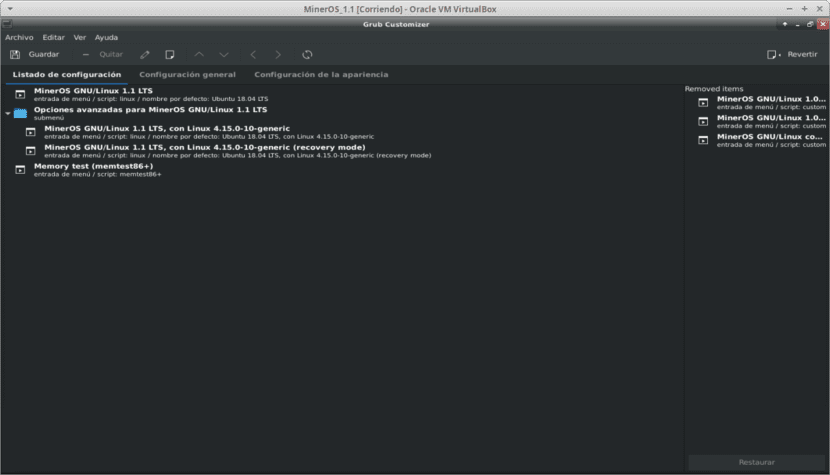
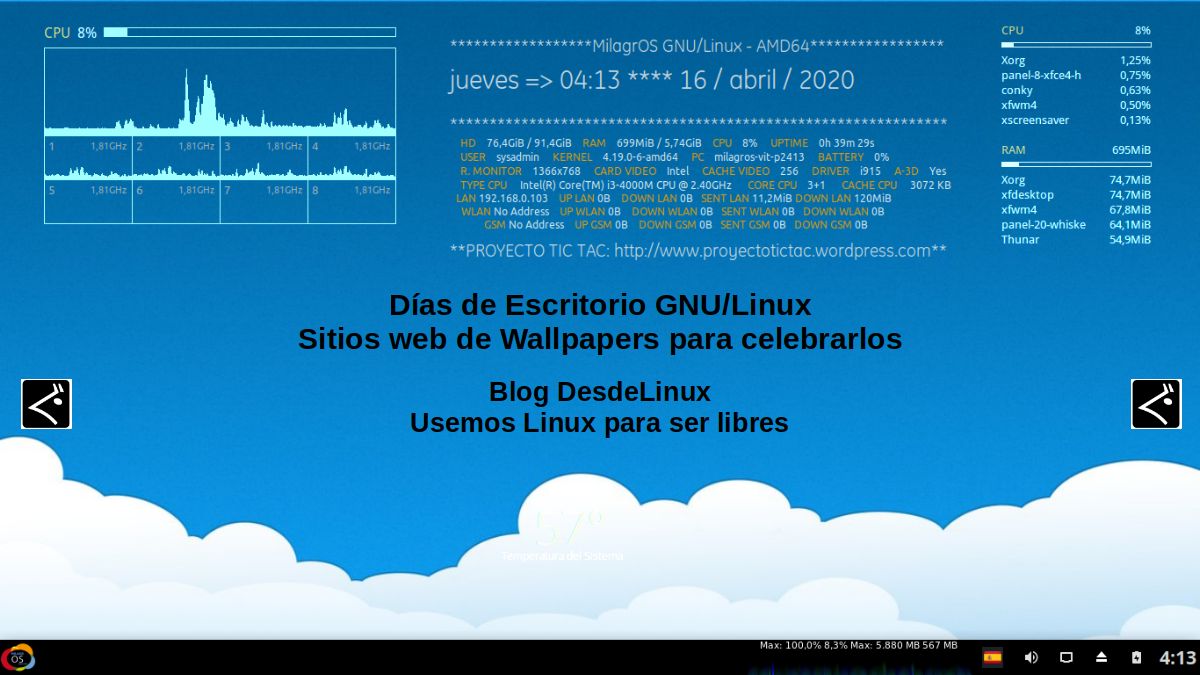

Windows-style Linux customization
How to do a Linux Customization using Kali Undercover Mode?
Next, we will show the steps that are necessary to configure the appearance of XFCE in the graphical style of Windows 10/11.
Kali Undercover Linux
Download the package Kali Undercover Linux and install via Terminal with the command:
«sudo apt install ./Descargas/kali-undercover_2021.4.0_all.deb»
Then run it via XFCE Application Menu for in a few seconds, watch it become the style Windows 10, as shown in the following image:
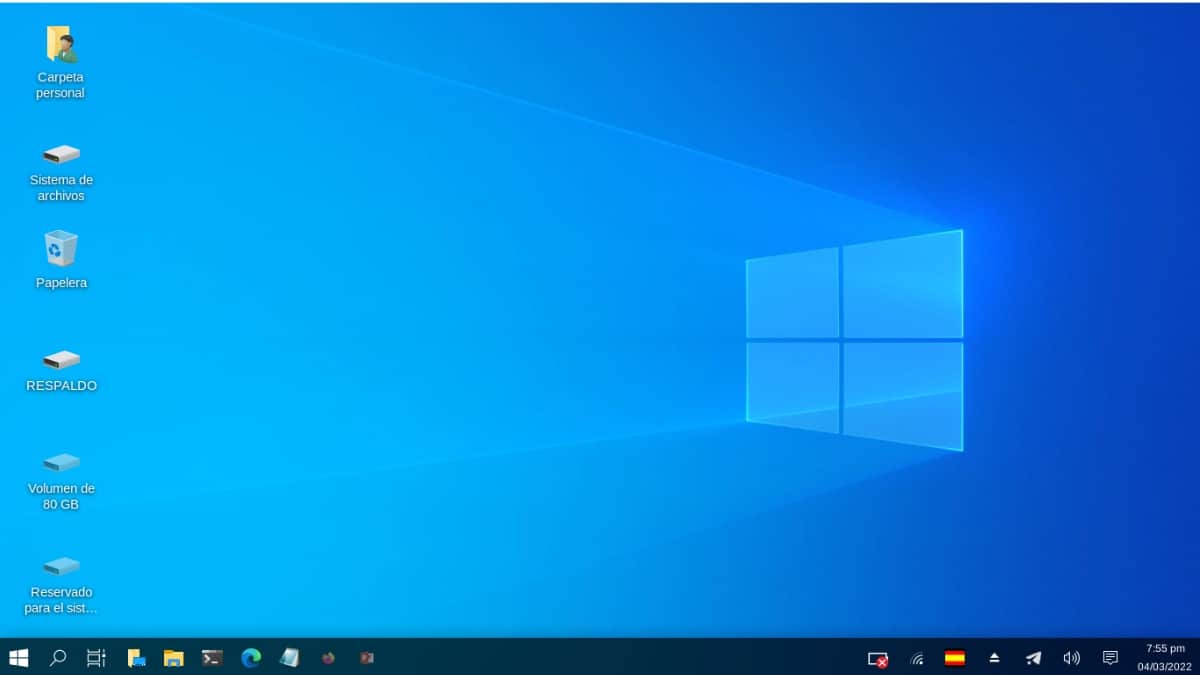
It is worth mentioning that in my personal case, because I use the respin called MiracleOS 3.0 MX-NG-22.01 based MX-21 (Debian-11) with XFCE and that we recently explored here, I don't have to install it, since it has it configured by default, ready to use (activate).
SysMonTask
Download the package SysMonTask and install via Terminal with the command:
«sudo apt install ./Descargas/sysmontask_1.3.9-ubuntu20.10_all.deb»
Then run it via XFCE Applications Menu, to see it work when desired.

Microsoft Edge
Download the package Microsoft Edge and install via Terminal with the command:
«sudo apt install ./Descargas/microsoft-edge-stable_98.0.1108.62-1_amd64.deb»
Then run it via XFCE Applications Menu, to see it work when desired.
Official Windows Desktop Backgrounds
access the next link to download and use the wallpaper of your choice. In my case I used the following Wallpaper.
XFCE Panel Preferences
In my case I have made some small modifications to XFCE Bottom Panel which I will also show later along with all the others screenshots, so that you can see how everything was transformed from the visual style from Windows 10 to Windows 11.
It is worth noting that although this XFCE “Linux Customization” in the visual style of Windows 10 / 11 it's not perfect, but it could make it so many can disguise or conceal, quickly and easily, the use of their GNU / Linux Operating Systems before third parties. Or failing that, make them more manageable for users who are in migration process from Windows to GNU/Linux.

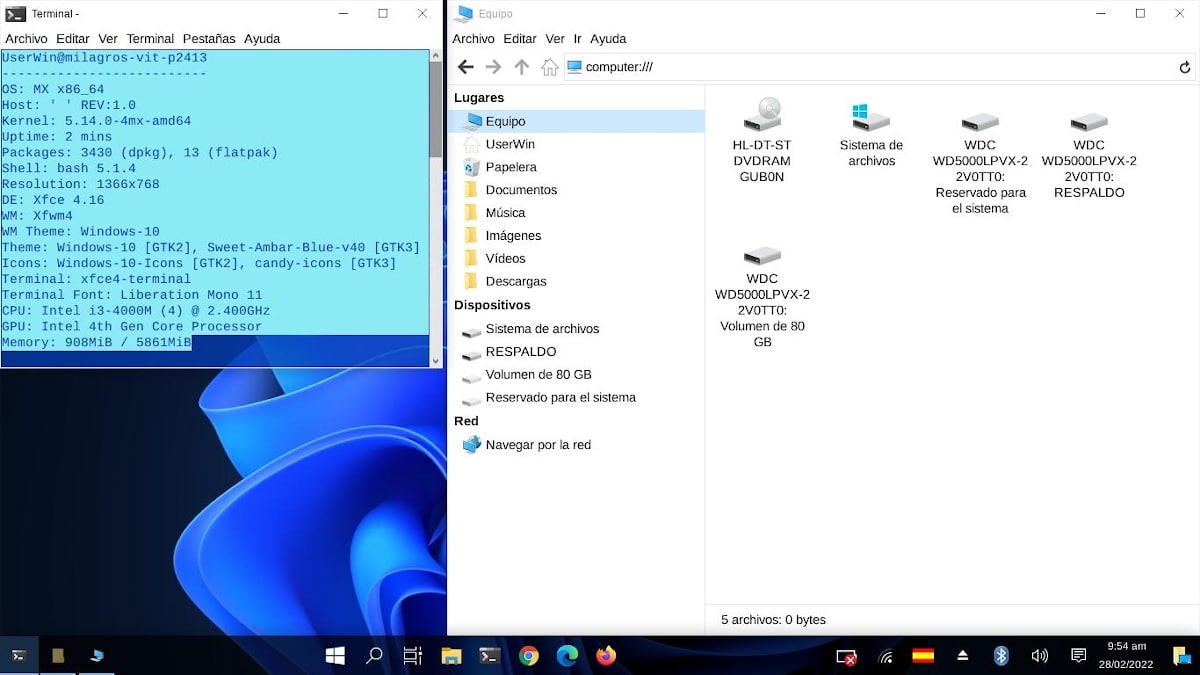

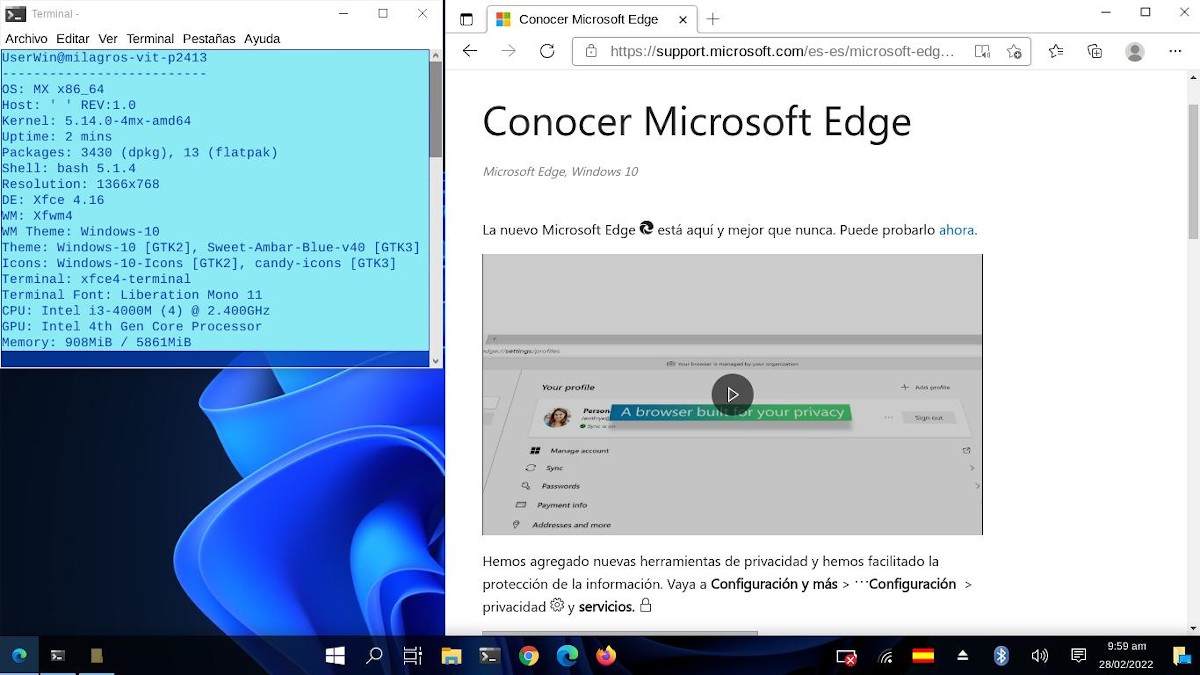


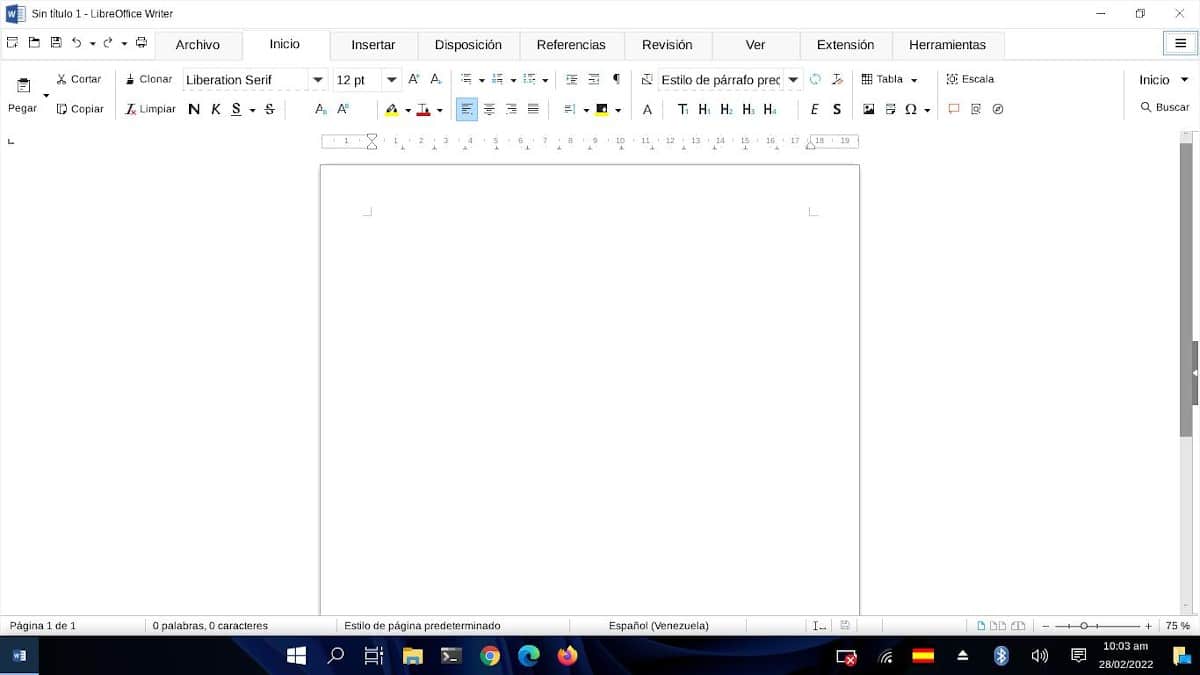

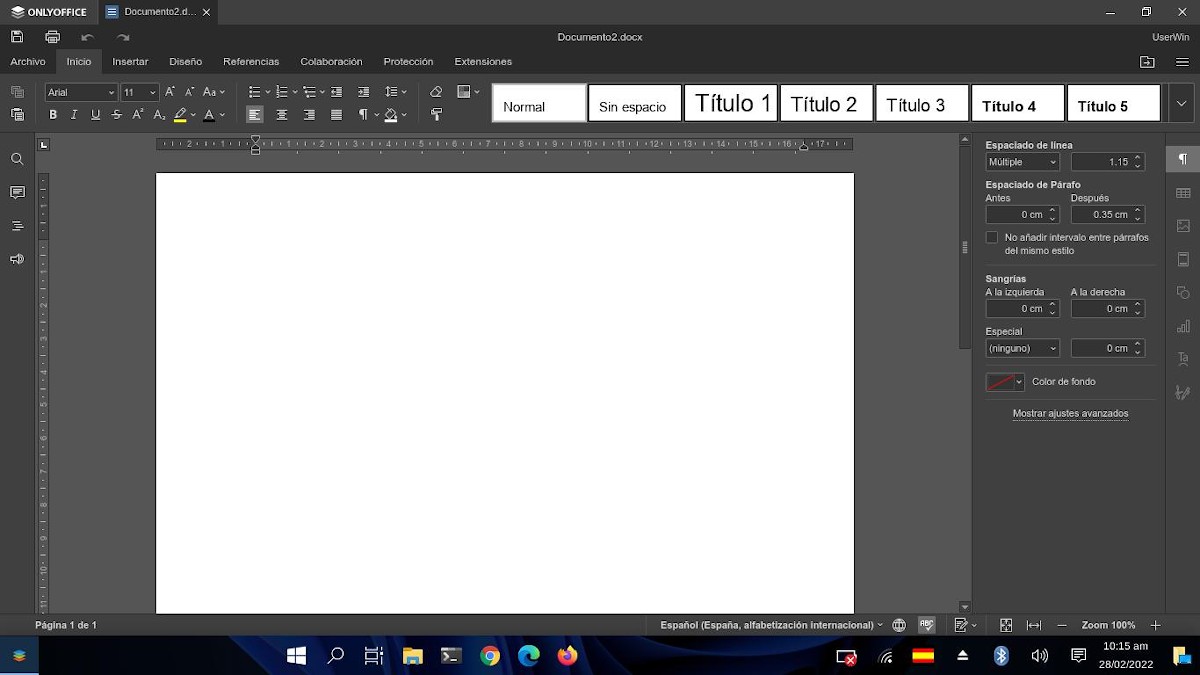


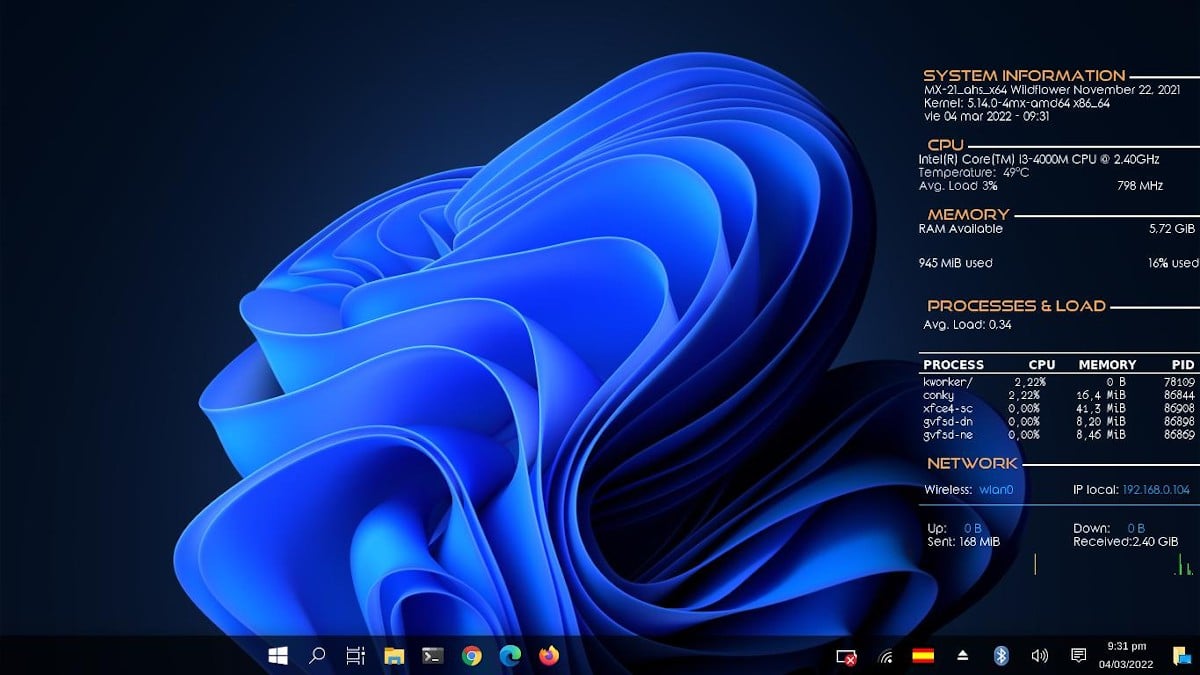
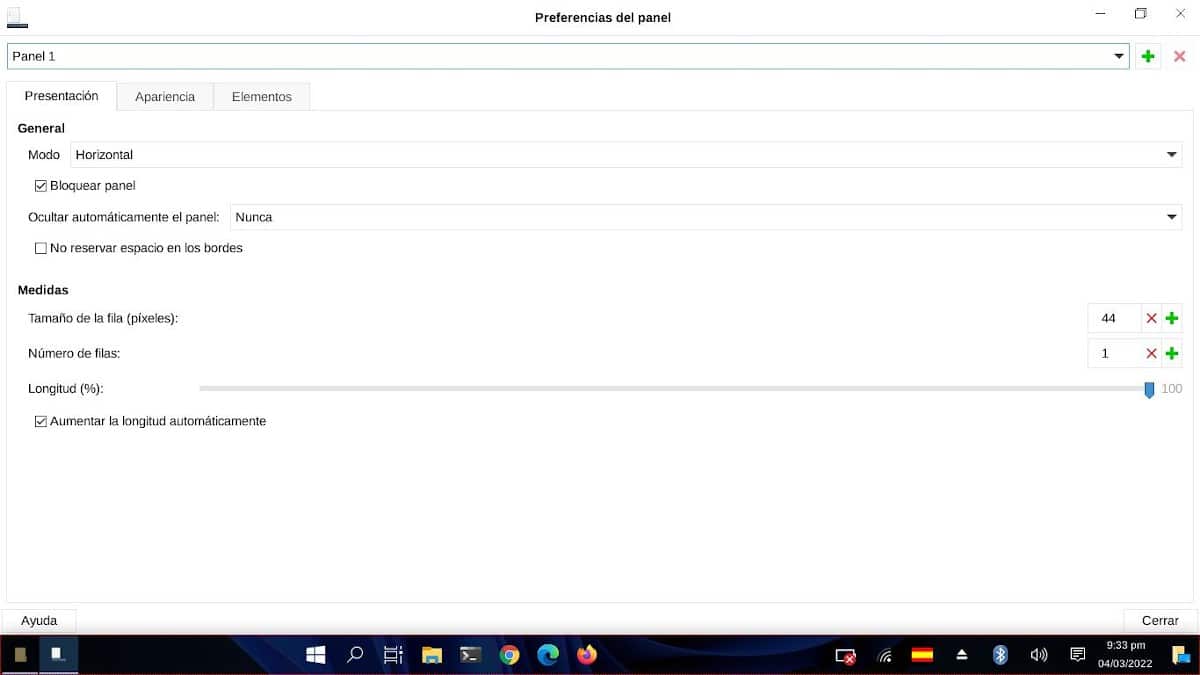

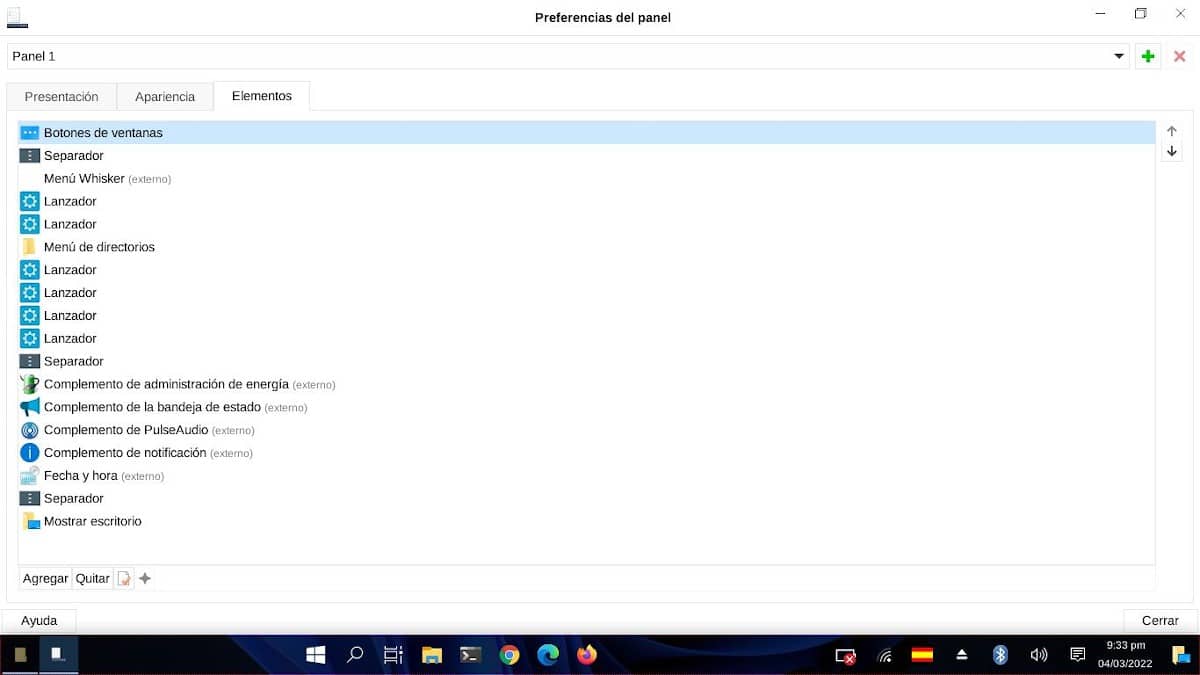
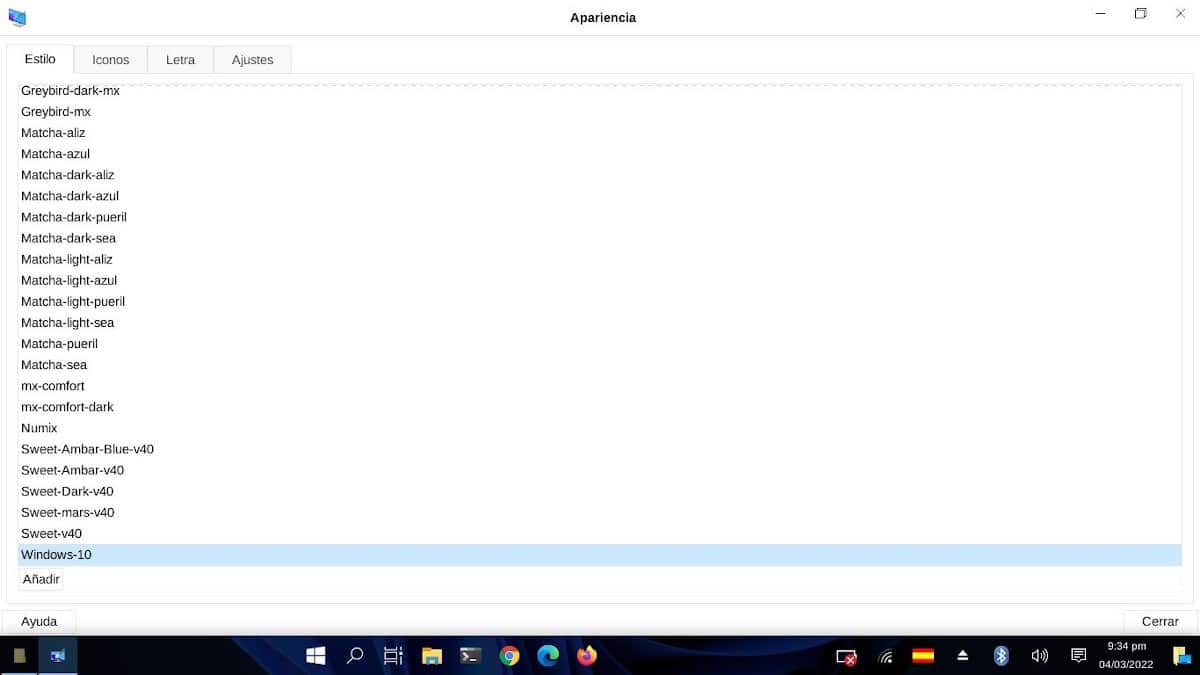
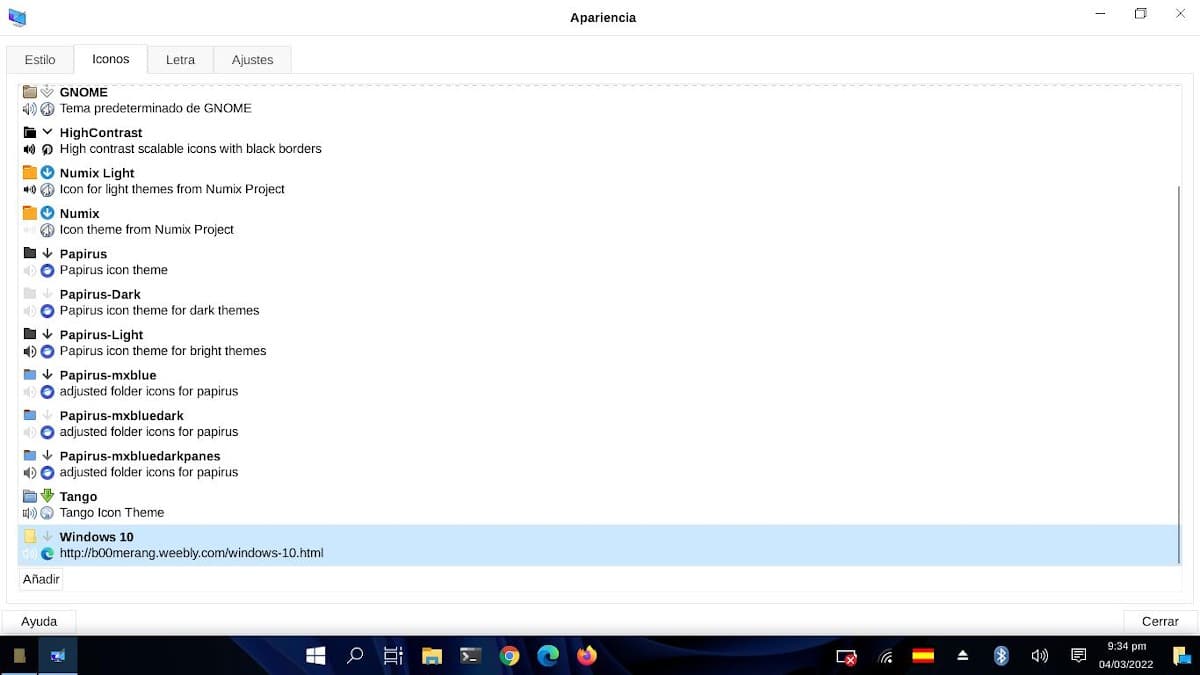

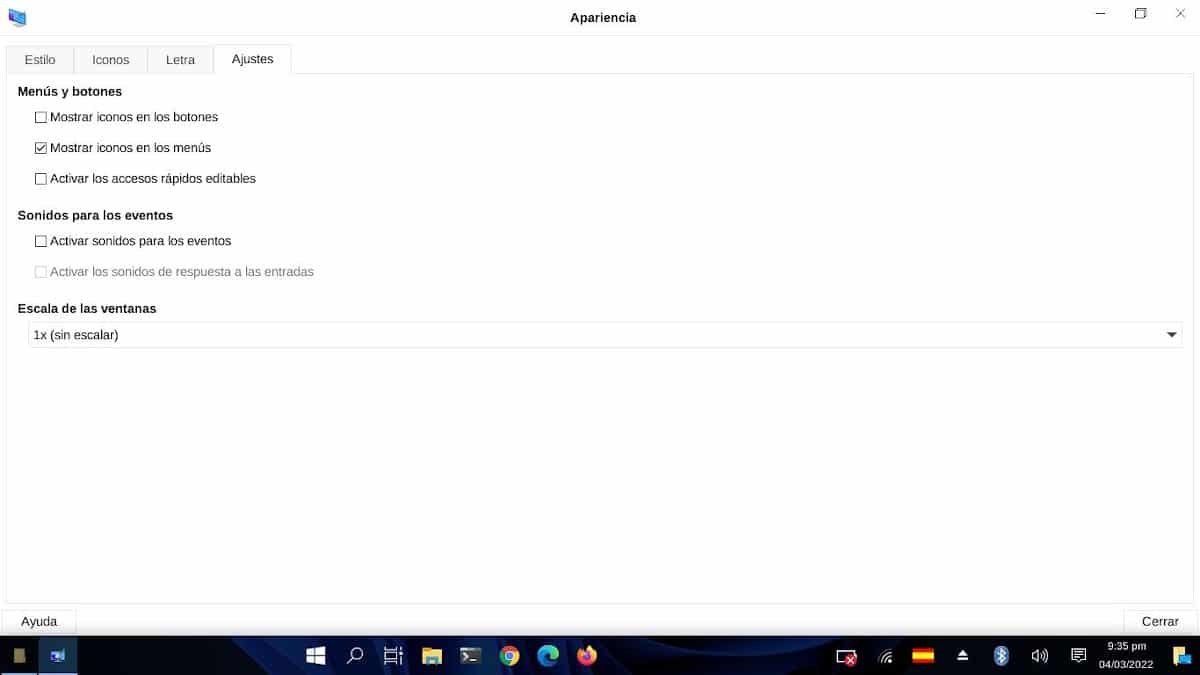
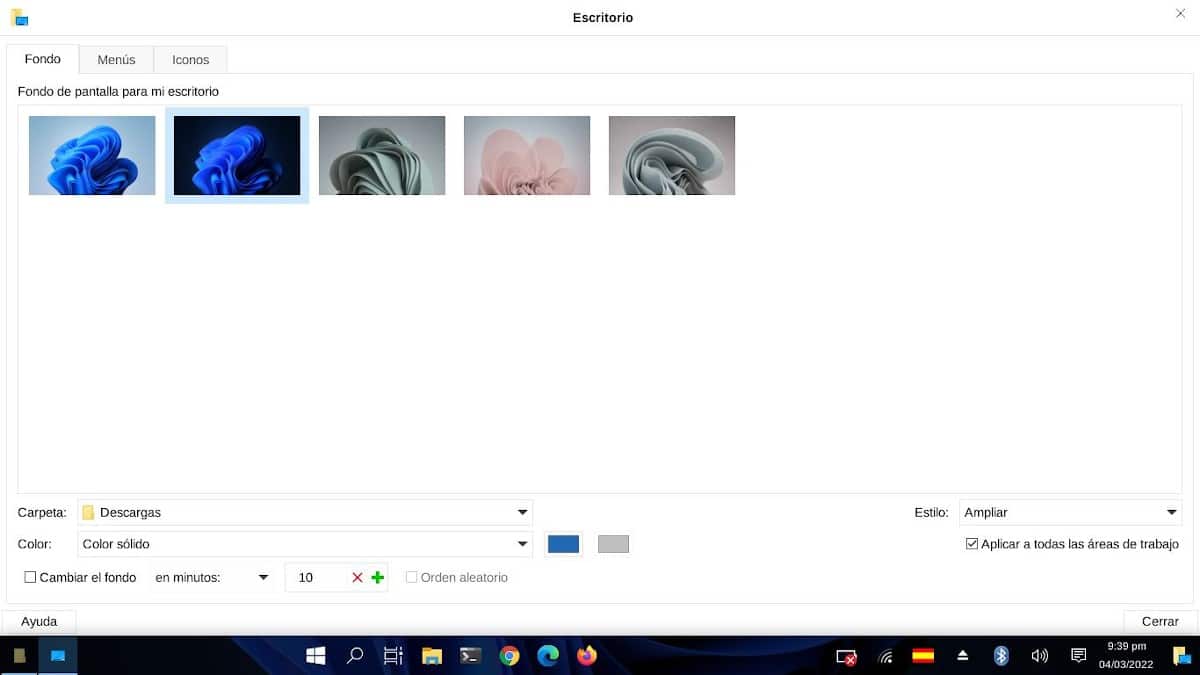



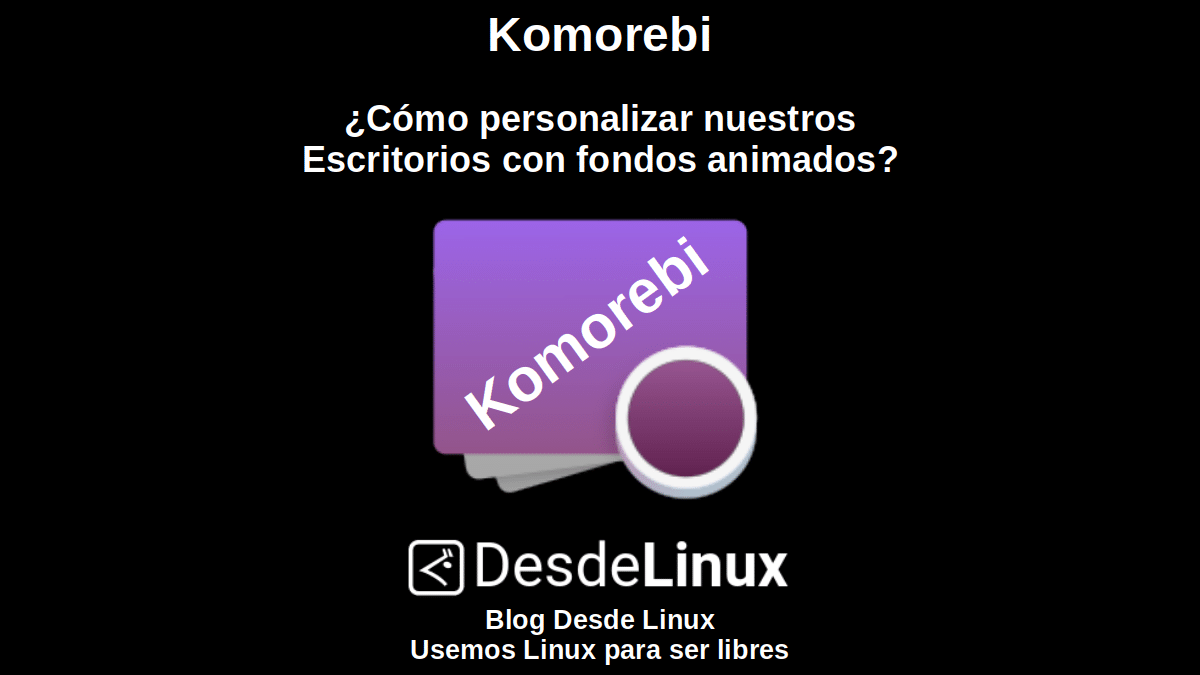



Summary
In short, we hope that this guide or walkthrough to run a small and interesting "Linux Customization" To obtain the visual appearance of Windows about our GNU / Linux Operating Systems with the EXFCE Desktop Environment mainly using the native package of Kali Linux, LLAMADA Kali Undercover Mode, be very useful for many, especially for those who need for any personal, professional or technical reason to modify or hide the use of their GNU / Linux, putting it through Windows.
We hope that this publication is very useful for the entire «Comunidad de Software Libre, Código Abierto y GNU/Linux». And don't forget to comment on it below, and share it with others on your favorite websites, channels, groups or communities of social networks or messaging systems. Finally, visit our home page at «DesdeLinux» to explore more news, and join our official channel Telegram from DesdeLinux.
From Windows? No by God, that never.
Greetings, Noooo. Thanks for your comment. This Linux Heresy ( lol ) with Kali Undercover Mode may be useful to others, for example:
1.- A traditional Windows user who wants to start with GNU/Linux and knows nothing about GNU/Linux, in order to make their transition (Migration) easier and more user-friendly.
2.- An expert user of GNU/Linux who does not want people asking around about what kind of Operating System is that which is not Windows. Or you want to reverse-reengineer the files to learn how to fork the theme with similar features.
3.- A simple GNU/Linux user, who for just a few minutes wants to troll others with that aspect of Windows, or who just wants to enjoy a few minutes/hours/days of a customization of that type, to see how others do it. they call technological heretic or technological hacker, according to the optics of each one. And so watch the world burn for a while around you.
In short, the good thing about this customization with Kali Undercover Mode to emulate the visual style of Windows 10/11, is that it is activated and deactivated in less than 15 seconds, with just one click, at the user's will.
I do not want to discredit the article under any point of view, since I appreciate the dedication and surely some users will find it useful. But I ask. If I ditch Windows, to become a Linux user good as that is, what's the point of customizing Linux by giving it the look and feel of Windows?
Greetings, Xavier. Thank you for your comment and contribution of your point of view. And in my personal case, I would just do it for fun, so much to have fun on any given day by celebrating some #DesktopFriday / #GNULinuxDesktop day in a different way. Or to have fun trolling inflexible Windows and GNU/Linux users. Anyway, I would only do it for momentary fun.
However, these are all the cases where I find it useful or fun to apply this customization tutorial:
1.- A traditional Windows user who wants to start with GNU/Linux and knows nothing about GNU/Linux, in order to make their transition (Migration) easier and more user-friendly.
2.- An expert user of GNU/Linux who does not want people asking around about what kind of Operating System is that which is not Windows. Or you want to reverse-reengineer the files to learn how to fork the theme with similar features.
3.- A simple GNU/Linux user, who for just a few minutes wants to troll others with that aspect of Windows, or who just wants to enjoy a few minutes/hours/days of a customization of that type, to see how others do it. they call technological heretic or technological hacker, according to the optics of each one. And so watch the world burn for a while around you.
In short, the good thing about this customization with Kali Undercover Mode to emulate the visual style of Windows 10/11, is that it is activated and deactivated in less than 15 seconds, with just one click, at the user's will.